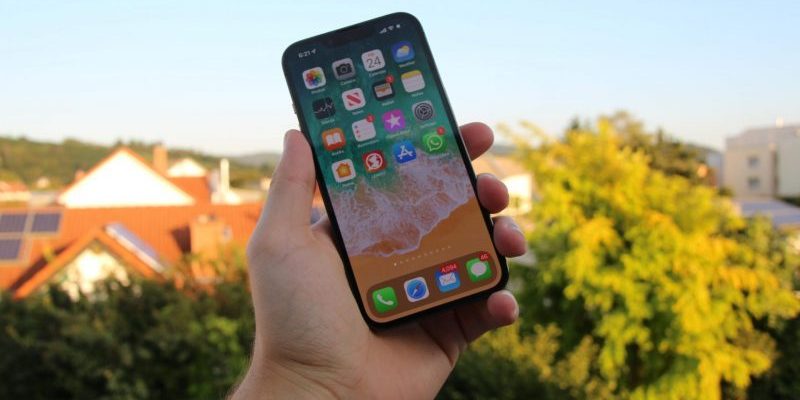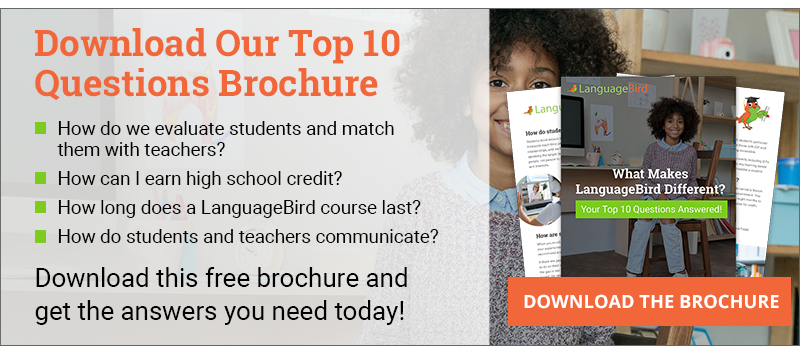
How to Use Language Apps to Supplement a Course for Credit
App stores are filled with countless language learning platforms promising users pathways to fluency. Although software cannot replace a live teacher, apps are a convenient tool to reinforce language between formal lessons. Read on to explore how certain language learning apps may be used to supplement language learning and bolster a student’s mastery of content.

Expand Vocabulary
Duolingo and Memrise use flashcards and basic phrases to help students build vocabulary. A difficult part of using a new language is searching for the right word. Language apps can introduce vocabulary sets ranging from household items to Harry Potter terminology to equip learners with
Live Format Practice
Time spent in class is valuable for breaking down complex grammar concepts and practicing conversation in a live format. Adding new vocabulary through flashcards and exercises generated by an app is an excellent practice for students to use between their language lessons.
Master a New Alphabet
One of the most challenging elements of learning languages like Russian, Arabic, or Mandarin is an entirely new alphabet for students to learn. Language apps help learn new characters and their corresponding sounds, which can be achieved through disciplined self-study.
If you plan on learning a language like Japanese, Russian, or Greek whose alphabets are not derived from Latin, using an app to master the new alphabet will give you a significant leg up when beginning your studies. Further, continued use of an app will reinforce the new characters to aid reading comprehension.
Practice Speech
Many apps have a partial speaking component, in which students must read a line of text out loud or repeat a spoken phrase. Recording sounds and playing them back allows students to compare their speech to the language’s standard accent.
Pronunciation is Key
It is imperative for students attempting to learn through an app to pay careful attention to how words are pronounced. Take, for example, the simple Spanish question, “Tienes hambre?” Mispronouncing hambre as hombre changes the question from “Are you hungry?” to “Do you have a man?” Speech recognition software in certain apps like Babbel, Fluentu, or Rosetta stone may be able to discern the subtle difference between sounds and correct the student. When a student cannot interact directly with a native speaker, apps can help a student practice speaking.
Practice Anytime, Anywhere
The convenience of language apps is perhaps their best-selling feature. Learning a language takes time, dedication, and consistent exposure to both its spoken and written forms. Users of Babbel and Duolingo can take as few as 5-10 minutes to complete grammar exercises or review vocabulary while on their commutes, during a workout, or while completing chores around the house. Language apps are an excellent way to reinforce content learned from a live instructor and gain greater exposure to the new language between formal class sessions.

Develop Your Language Skills with Language Bird
Few language apps have developed a way to build the conversational skills necessary to engage with native speakers in the target language confidently. While language software helps build vocabulary and practice in a low-stress environment, it cannot replace the connection between two people working to communicate with one another. However, language apps remain a convenient way for students to learn outside of the classroom. Are you an app learner looking to increase your linguistic abilities? Contact us to learn a language online with a native-speaking instructor!




